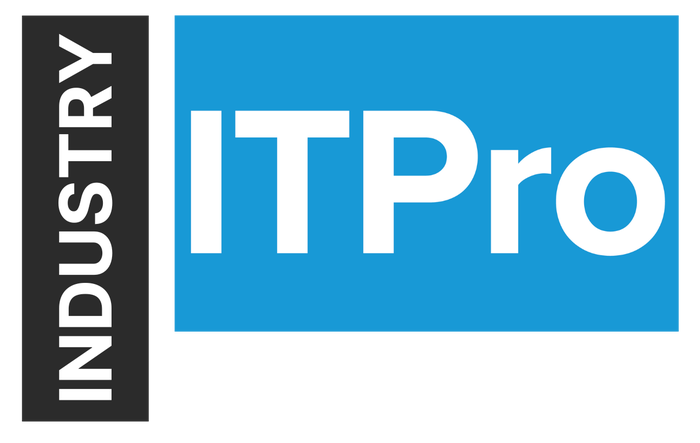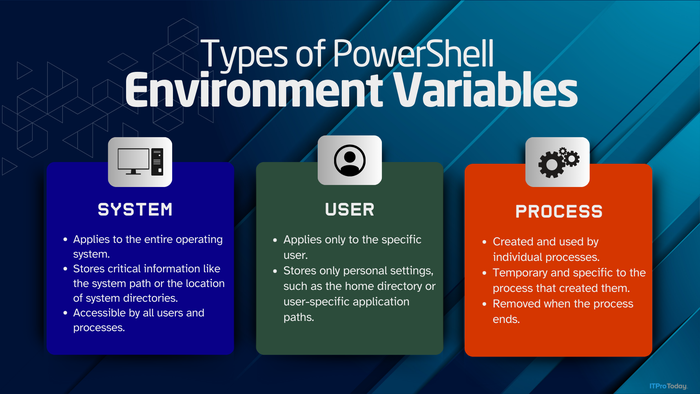
Insight and analysis on the information technology space from industry thought leaders.
Why Knowing Who (or What) Is Behind an Open Source Solution Is CriticalWhy Knowing Who (or What) Is Behind an Open Source Solution Is Critical
Here's why community- or foundation-supported projects will become the standard for OSS initiatives.
February 11, 2025

By Ann Schlemmer, Percona
At forty-some years of age, the open source software (OSS) ecosystem is larger, more vibrant, and more diverse than ever before. New projects are springing up by the day, long-standing projects are continuing to bear fruit, and open source solutions are occupying a larger and larger portion of the average enterprise's tech stack.
At the same time, however, looking back at 2024, it would be impossible to overlook the unprecedented amount of tumult that has swept across the open source space. The emergence of generative AI, large language models, and other forms of advanced AI has forced the community to rethink what "open source" even means in the context of this novel technology. Meanwhile, the EU's enactment of the Cyber Resilience Act (CRA) in December has inspired no shortage of concern among OSS developers and advocates, fearing it could hamper the community's ability to collaborate and innovate.
As 'Enterprise Open Source' Comes of Age, Growing Pains Take Center Stage
Atop it all, the past year brought us a wave of controversial relicensing decisions from major OSS vendors, all of which have fueled endless debate around everything from the role of venture capital in open source to the foundational ethical underpinnings of the movement itself.
Perhaps the most notable of these incidents was Redis' decision to abandon the highly permissive BSD 3-clause license for its popular in-memory, key value store. As the most popular solution in its category by a wide margin (with ~60% market share), the news was met with a swift and overwhelmingly negative response from its user base. While the backlash was certainly noteworthy, the drama playing out was not exactly new. Controversial as Redis' decision may be, it was following in the footsteps of many other once "proudly open source" companies that made the switch to more restrictive licensing upon reaching maturity.
In fact, Redis had everything short of a literal playbook available to help guide its rocky transition away from open source and toward the world of proprietary licensing. Before Redis there was Sentry, Confluent, Hashicorp and Elastic, just to name a few. In fact, although Elastic made its decision to "go proprietary" in 2021, it has already managed to come full circle — officially re-adopting the GNU Affero General Public License v3 (AGPL) license for Elasticsearch and Kibana just this past August.
Exercising the Nuclear Option: Why Redis Was Different
With all that being said, the Redis decision was, in fact, different. I'm fairly confident that it will be looked back on as a turning point in the history of open source — not for anything to do with Redis or its leadership, though. What will make Redis' relicensing decision memorable won't be the decision itself, but rather the response to it.
Within days of the announcement from Redis, the Linux Foundation announced its intention to launch a fully open source, community-led Redis alternative by the name of Valkey. From the very beginning, the Linux Foundation enjoyed widespread public support for the project, with advocacy coming from both expected and unexpected sources alike — including open source organizations, groups, and community members, as well as a number of large, private enterprises. Shortly after the announcement was made, the Valkey project began as a fork of Redis 7.2.4, maintaining the original BSD 3-clause license behind that release.
Considered by many in the OSS community as "the nuclear option" in matters of OSS ownership, forking the last fully open source version of Redis has allowed the Valkey project to take shape — and subsequently take off — at a breakneck pace.
From the announcement in late March 2024, the first stable version of the software, Valkey 7.2.5, was released less than a month later, in April. Soon after, Valkey achieved drop-in replacement compatibility with Redis 7.2.4, making the process of migrating from Redis to Valkey infinitely easier for those wanting to make the switch. And guess what? There are lots of people making the switch — and even more who want to.
As Valkey Gathers Steam, 'Open Source' Loses Its Luster
This may have come as a surprise to Redis but for many in the open source community (and beyond), there was an underlying sense that it was only a matter of time before users started to migrate. In fact, in an industry survey conducted in the summer of 2024 (and published in September), Percona researchers found that more than 83% of enterprises had already adopted, or begun actively testing, Valkey.
It's quite obvious that all of this spells serious trouble for Redis. Perhaps not so obvious, however, is what this all means for single-vendor open source projects on the whole. It's safe to say that an undercurrent of trepidation and distrust toward OSS vendors had already been simmering in the minds of their customers for some time before the Redis controversy. As I mentioned earlier, several high-profile OSS vendors had already established something of a precedent for these kinds of "bait and switch" tactics. At the same time, more and more novel licenses were introduced under the general banner of "open source," each seemingly less open and more restrictive than the latest. Even the words "open" and "source" themselves began popping up in new, unique configurations — eventually creating a living library of different ways of saying "open-source-ish," all of which continue to this day.
As a result, that aura of honor, trust, and respectability that once clung faithfully to most OSS companies has all but evaporated. Despite the best efforts of organizations like the Open Source Institute to standardize, define, and uphold the integrity of the open source label, the waters surrounding the OSS ecosystem grow murkier by the day.
The Fight for Clarity and Why the Source of Open Source Matters
The last thing I want to do here is get into the legal and semantic weeds of open source definitions and licenses. Instead, I'd like to call readers' attention to a much simpler and, in my opinion, more effective lens being used to bring some clarity back to the world of open source. For companies considering OSS solutions, the easiest way to avoid these kinds of relicensing fiascos is to be more conscious about the source of the open source solutions you're considering — namely, whether the software is a community-led project or the product of single-vendor support.
I firmly believe that, as a result of the trends discussed above, we are already beginning to see individuals and organizations lose trust in large, single-vendor-supported open source projects — especially those being developed, managed, and led by startups with significant outside investment.
It's not my intention to generalize, but ultimately, single-vendor support and outside investment introduce some inherently problematic and contradictory interests and motivations. Even startups that adopt the open source model and mantra with the utmost sincerity can often feel as though they have no choice but to abandon open source in favor of proprietary licensing. At the end of the day, these organizations make their goals and motivations plain to all who ask. Believe them.
Looking Ahead – The (Hopefully) More Open Future of Open Source
If 2024 was the year that open source purists struck back — with Valkey being the perfect embodiment of this phenomenon — then 2025 will be the year that open source ceases to be seen as a business model. Because of practices such as "the open source bait and switch," more people will realize that single-vendor support for popular OSS projects is an inherently problematic model with a waning shelf-life.
Moving forward, I believe community-supported projects and those backed by community or foundation-supported projects will become the standard for OSS initiatives, while single-entity OSS projects will gradually fall out of favor. As a result, the open source ecosystem and its borders will start to look a little clearer again. And with any luck, a little bit of that aura might also come back.
About the author:
Ann Schlemmer is CEO at Percona.
About the Author
You May Also Like








.jpg?width=700&auto=webp&quality=80&disable=upscale)
